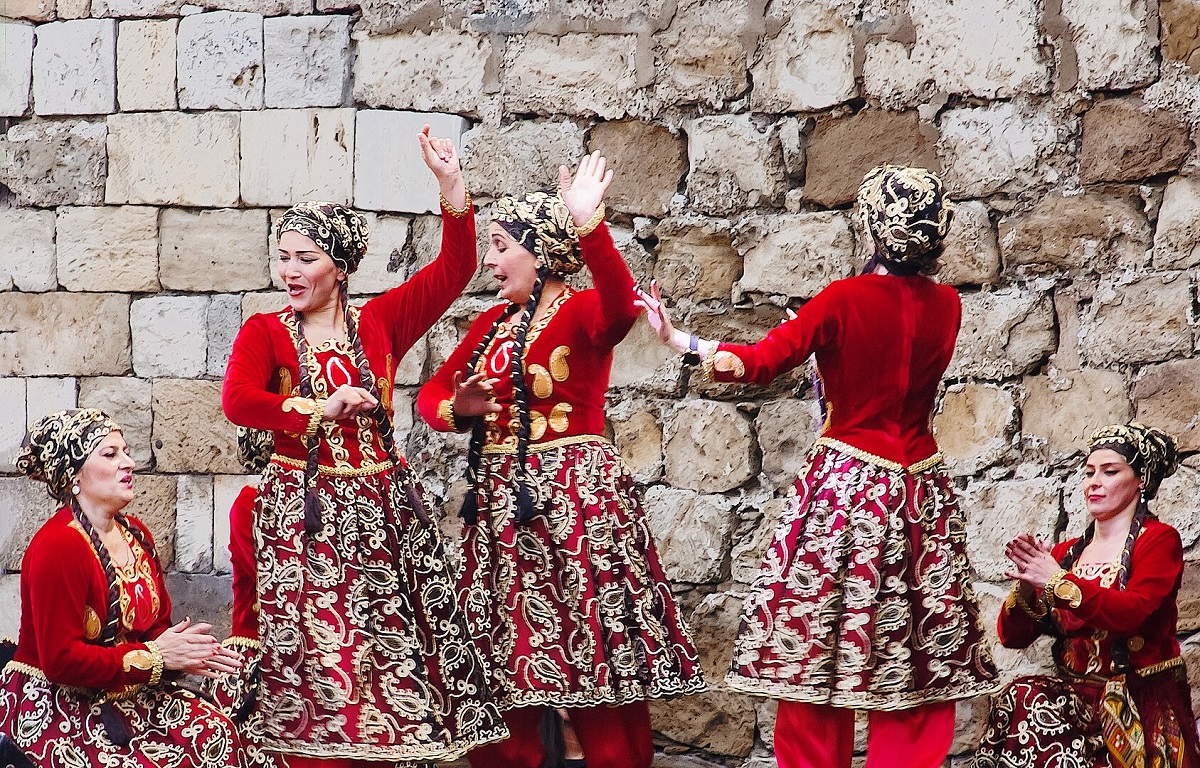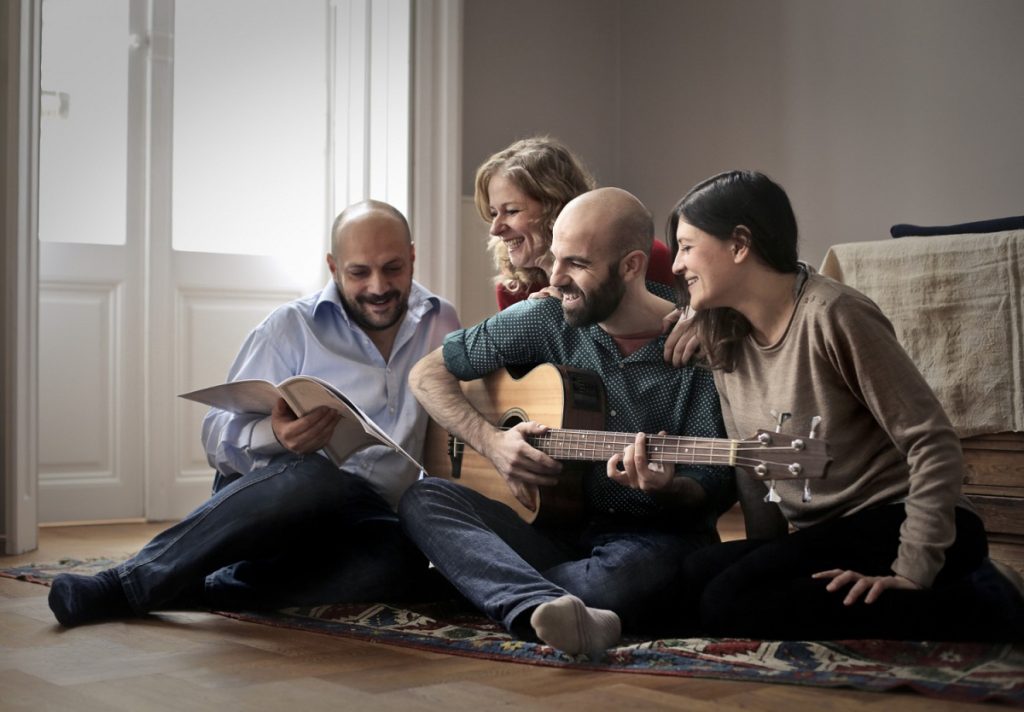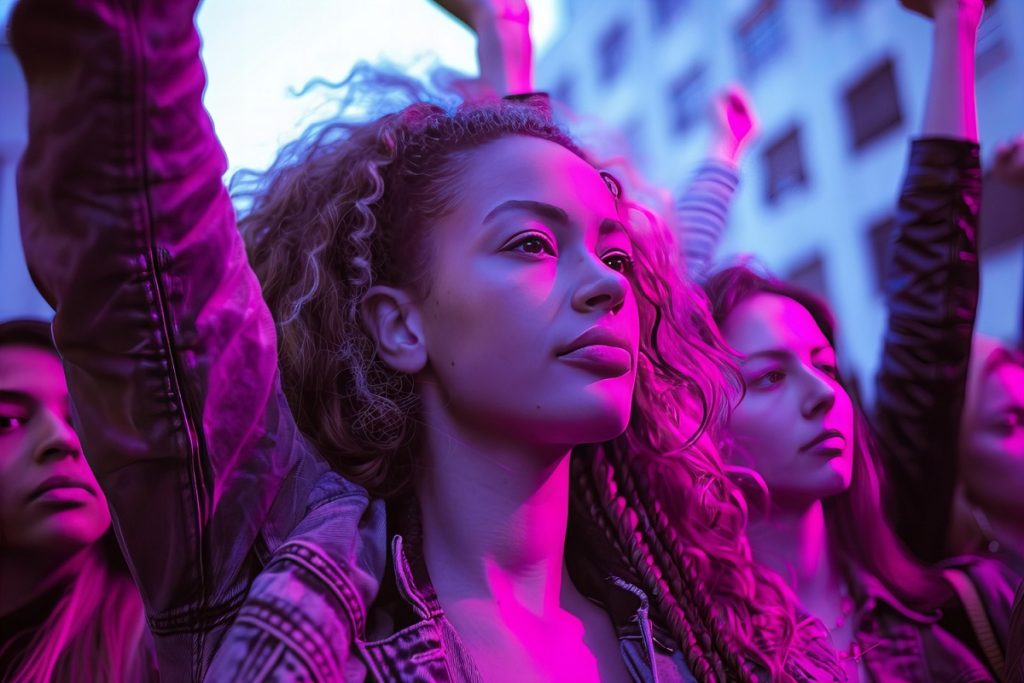The cultural crossover of music and dance
The symbiotic relationship between music and dance forms an integral part of cultural identity and expression around the world. As global dance music continues to pervade cultures far from its origins, its influence on traditional folk dances has been both transformative and reflective of broader societal changes.
This phenomenon is not merely about musical preferences but encompasses deeper exchanges between modernity and tradition, innovation, and preservation.
Intertwining influences: global beats meet local traditions
Global dance music, marked by its universal appeal and often electronic composition, brings about a rhythmic revolution, offering new life to static traditions through refreshed beats and patterns. In regions like Eastern Europe, for example, electronic dance music (EDM) influences are merging with centuries-old folk dances, creatively blending old and new sounds to form contemporary, dynamic cultural expressions.
This evolution energizes local communities, attracting younger participants and adding a layer of modern relevance to traditional celebrations.
Shared rhythms and stories
Beyond the beat, the lyrical narratives of global dance music also intersect with those of folk traditions, weaving a rich tapestry of shared human experience. Whether it’s the collective joys and sorrows captured in the songs or the ceremonial and celebratory nature of the dances themselves, this musical merger encourages a dialogue not bound by geography, but connected by emotion and the human condition.
Societal impacts: from dance floors to cultural forums
Dance serves as more than just entertainment; it is often a potent medium for social interaction and communal bonding. As global dance beats infuse themselves into traditional settings, they bring with them a sphere of influence that extends beyond music.
This includes innovations in dance styles, shifts in social norms, and even new ways of understanding gender roles within the dance space. In this way, global dance music acts as a catalyst for social change, fostering environments that challenge traditional norms while respecting cultural heritages.
Empowerment through innovation
The incorporation of global influences can bolster a sense of pride and empowerment among local communities.
By embracing these eclectic musical influences, communities are not just preserving their heritage—they are actively participating in the evolution of their cultural practices, ensuring their relevance and survival through the ages.
Psychological and emotional resonance
The emotional connectivity provided by music—both traditional and modern—plays a critical role in mental and emotional health. Traditional dances often hold therapeutic value, rooted in communal participation and shared experiences.
The infusion of energetic, global rhythms can heighten these experiences, offering renewed vigor and a newfound connection to cultural practices.
Memory, identity, and dance
Dance and music are vessels for memory and identity, with each step and note acting as conduits for personal and communal histories. As new generations take the lead, the blending of global dance music with folk dances ensures that cultural memories are not lost but are instead reinterpreted and reinforced for the future.
The dialogue between global dance music and traditional folk dances is a powerful reminder of music’s role as a global language capable of connecting disparate communities.
This interaction not only preserves but actively energizes and transforms traditional cultural expressions, making them more vibrant, accessible, and relevant in a rapidly changing world.
Thus, global dance music does more than influence—it revitalizes and redefines, ensuring cultural legacies are cherished and evolved rather than forgotten.






